One of the key parts to any good defensive team is the closeout. Good defensive teams are going to be able to closeout to shooters without giving up open shots. Players can get bored quickly if they are doing the same type of closeout drills. One of the tricks of any good coach is being able to keep the players interested by doing numerous drills that are working on one aspect of the game.
The “shell drill” is a drill that has been around for a long time that most older coaches continue to run every day in practice. However, the traditional shell drill does not simulate game situations. It is a good teaching drill with defensive spacing. Once the players understand defensive positioning, then new drills need to be introduced into practices to keep the basics of the shell drill while also putting more game situations into the drill.
This drill does a number of things that make it a much better drill then the shell drill.
- The players are moving and sprinting.
- Each rotation has the players playing out a possession.
- Various defensive skills are being used including closeouts, on the ball defense, one pass away defense, help side defense and rotational defense.
All of these things help to simulate good game conditions while working on various skills during practice. Good game like drills in practice will produce better actions during games because the players have been in those situations and have learned how to react properly. This drill has that positive effect on players.
3 on 3 Baseline Pass Closeouts
This drill starts with the 3 defenders standing across the baseline almost in a perfect line with the 3 offensive players. The 3 offensive players are on the wings foul line extended and at the top of the key.
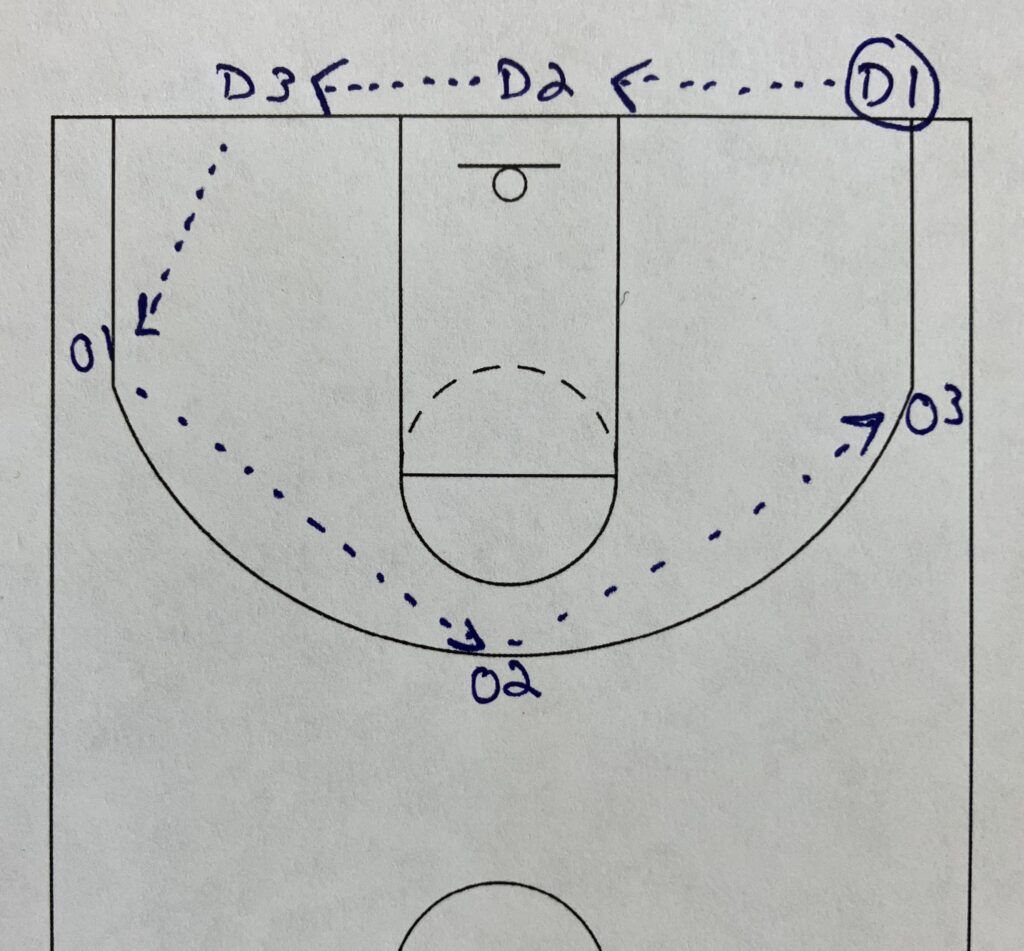
The ball starts in one of the defenders’ hands. In the diagram this is D1. The defensive players pass the ball across the baseline to each other until the ball reaches the other side of the floor. This is D1 passing to D2 who passes to D3. Once the ball is in defender D3 hands, they will then pass the ball to the offensive player closest to them, O1. The offensive player will then swing the ball to the other side of the court. The side of the floor the ball starts on is the side it will finish on will every player in the drill now having touched and passed the ball.
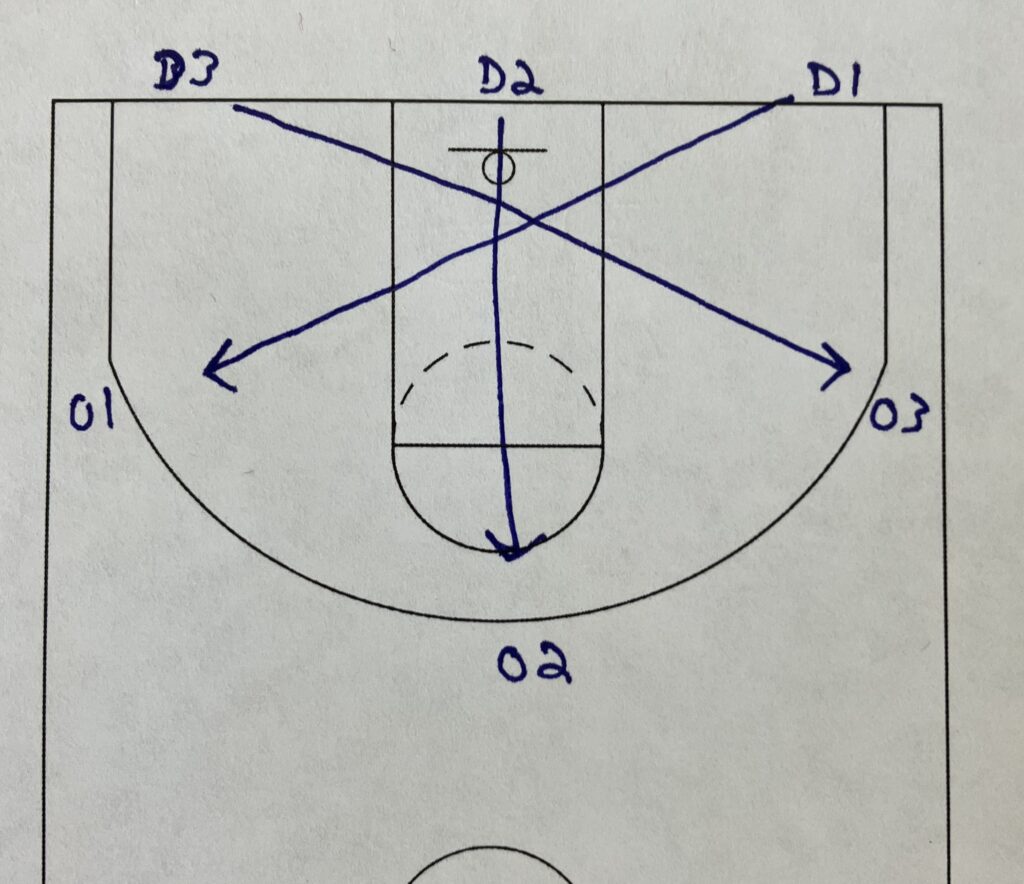
The defenders will sprint across the floor to closeout on their man after their pass. The defense is racing to get good closeouts while the ball is being passed around by the players. Each defender is going to be running through the lane on their closeout. In the diagram D1 starting on the right side will closeout to O1 standing on the left side of the court. D2 will sprint up through the lane to O2. And D3 will sprint across to O3 going from the left side of the court to the right side.
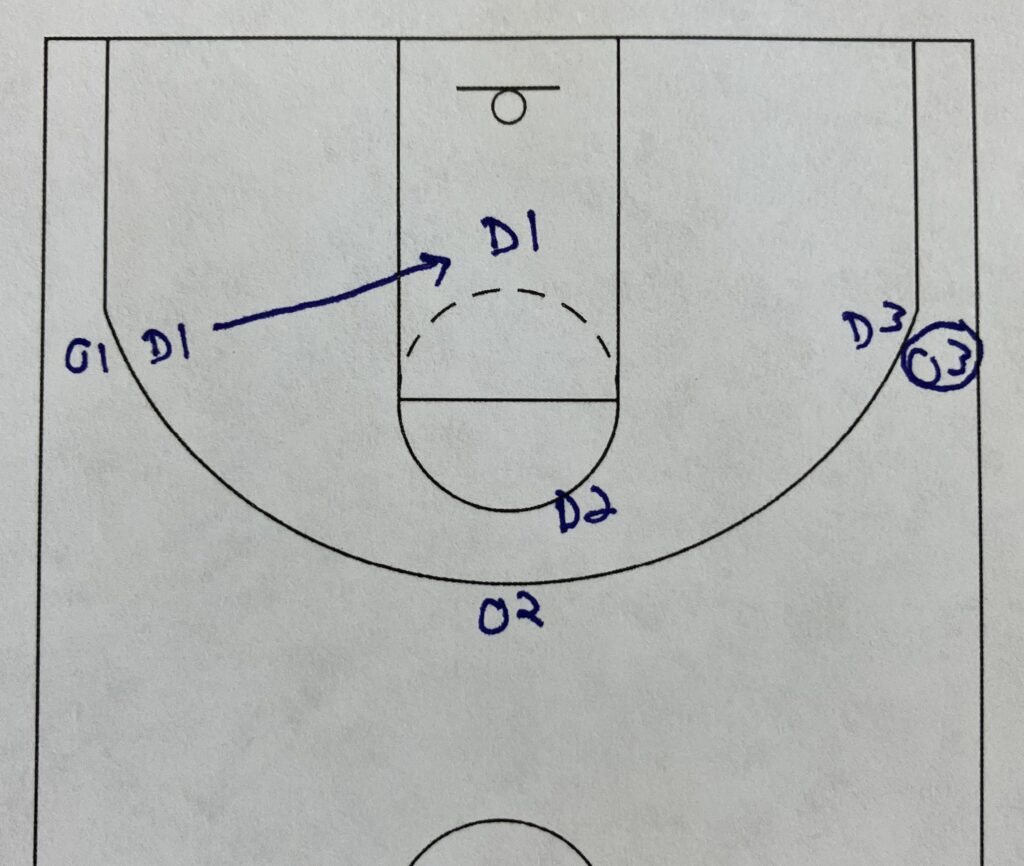
Once the ball has reached O3, a live possession is played. D1 should be over in help side positioning. D2 is playing one pass away defense. And D3 is playing on the ball defense to begin. Once the offense starts trying to score then the defense should adjust and guard accordingly.
Once the possession ends, the offensive players will get off the court and go to the back of the lines. The defensive players will become the 3 offensive players. And 3 new defensive players will be lined up ready to go. The drill can be ran with 3 or 4 groups of 3 players to limit any time wasting during practice.
4 on 4 Baseline Pass Closeouts
This drill also has the ability to go from 3 v 3 to a 4 v 4. The drill stays the same as before except it adds an additional offensive and defensive player. The four defenders start along the baseline. The four offensive players are positioned in the high corner and slot positions. This is a normal setup positioning for a 4-out offense.
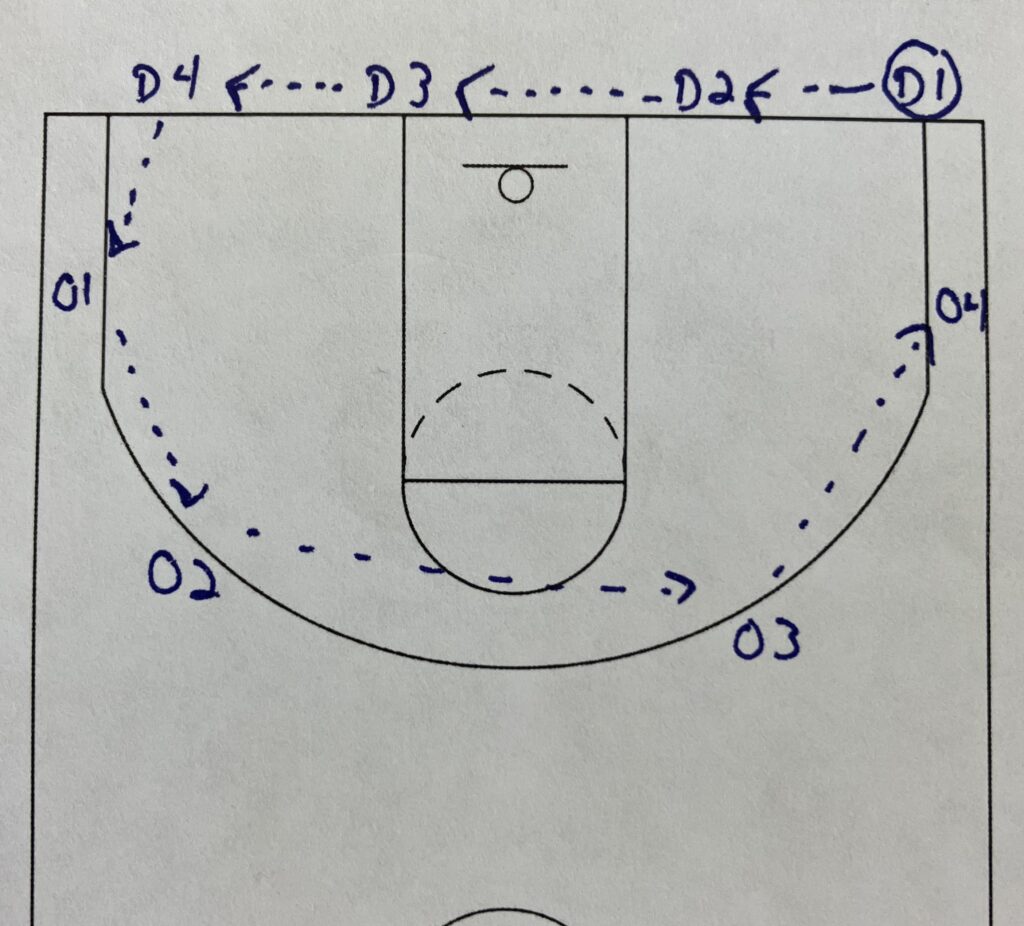
The defense starts with the ball and begins the drill by passing the ball along the baseline. Once the last defender has it, they pass it to the offense who swings the ball around the perimeter.
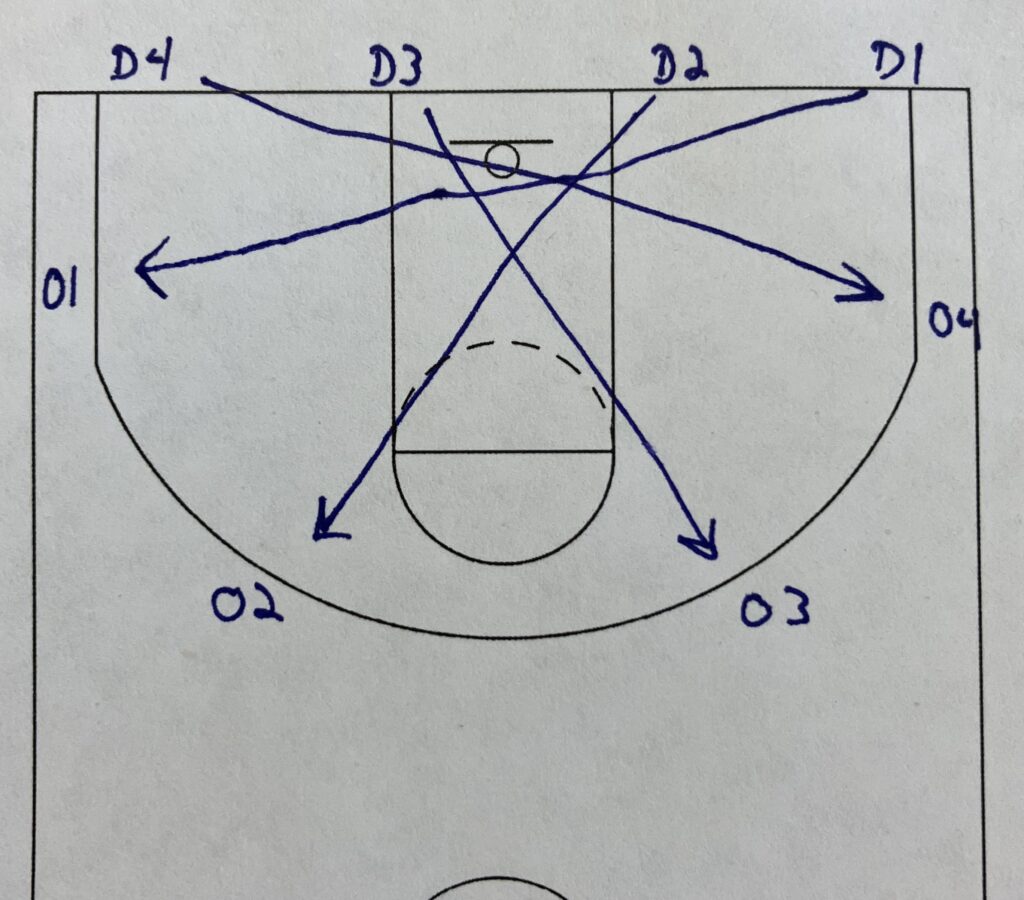
The defenders are going to sprint across the lane for each of their closeouts. The two defenders closest to the sidelines will closeout to the corner. The two defenders in the middle will closeout to the two players in the slots. Every defender is crossing so they have to communicate with each other to avoid any collisions from happening.
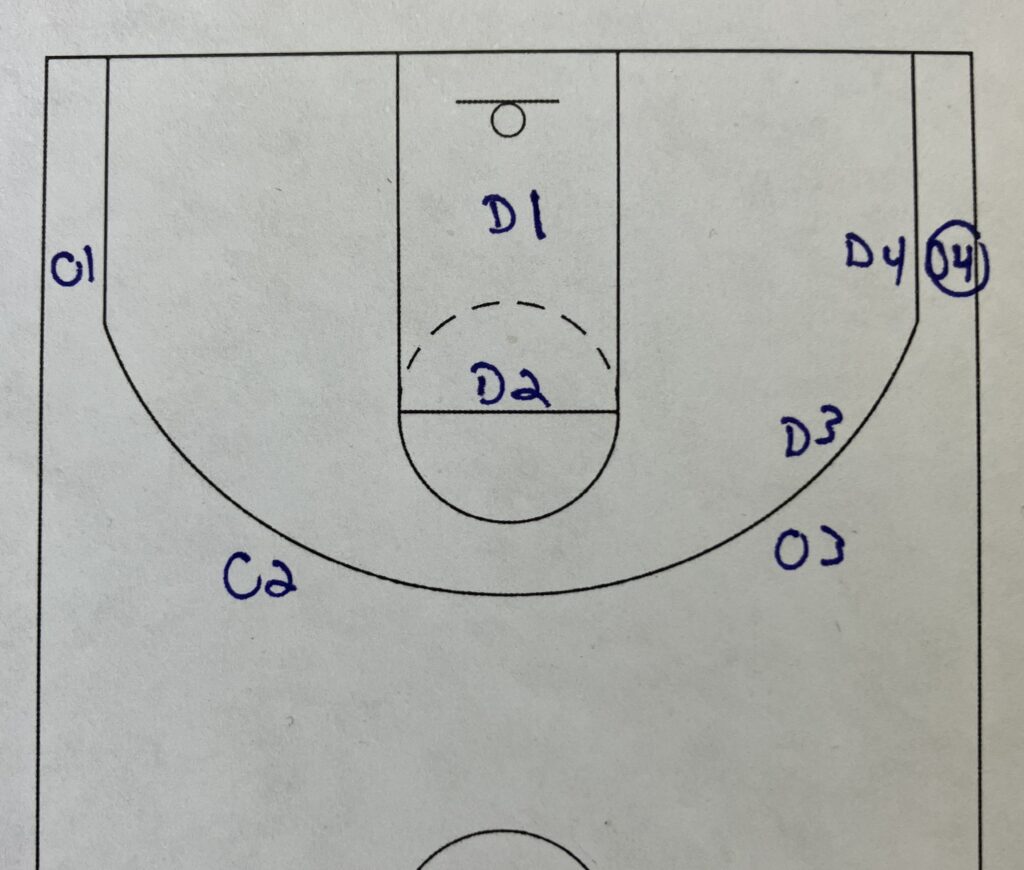
Once the ball reaches the last offensive player, the defenders should have closed out to their man and gotten back into good defensive positioning for when the offense tries to score. This means D4 is on the ball playing defense against O4. D3 is playing one pass away defense on O3. D1 and D2 are playing help side defense with O1 and O2 being two or more passes away from the ball.
This drill is a great drill that can be used in multiple places in a practice. It can be used early in practice to get everybody moving and touching the ball as an early warm-up type drill. Every player will be touching the ball by passing and catching. They will also be sprinting across the floor during the drill to help loosen up their legs.
I prefer to use this drill later in practice right before moving into a 5 on 5 situation. This helps to build up from a 3v3 to a 4v4 before going into a 5v5 practice set. It is a great transition drill moving from individual defensive work into a team defense practice. This drill helps to get all players working on all 3 aspects of team defense before moving into a possible 5v5 scrimmage.
The “shell drill” has been used for a long time. There are drills that have taken the basics of the shell drill and made them more conducive to game situations. This drill helps to bridge the gap between the closeout and shell drill while making it more like a game then the shell drill can. If you are using the shell drill then give this drill a try. If you are looking for drills to improve defense then this drill will be able to do that as well.

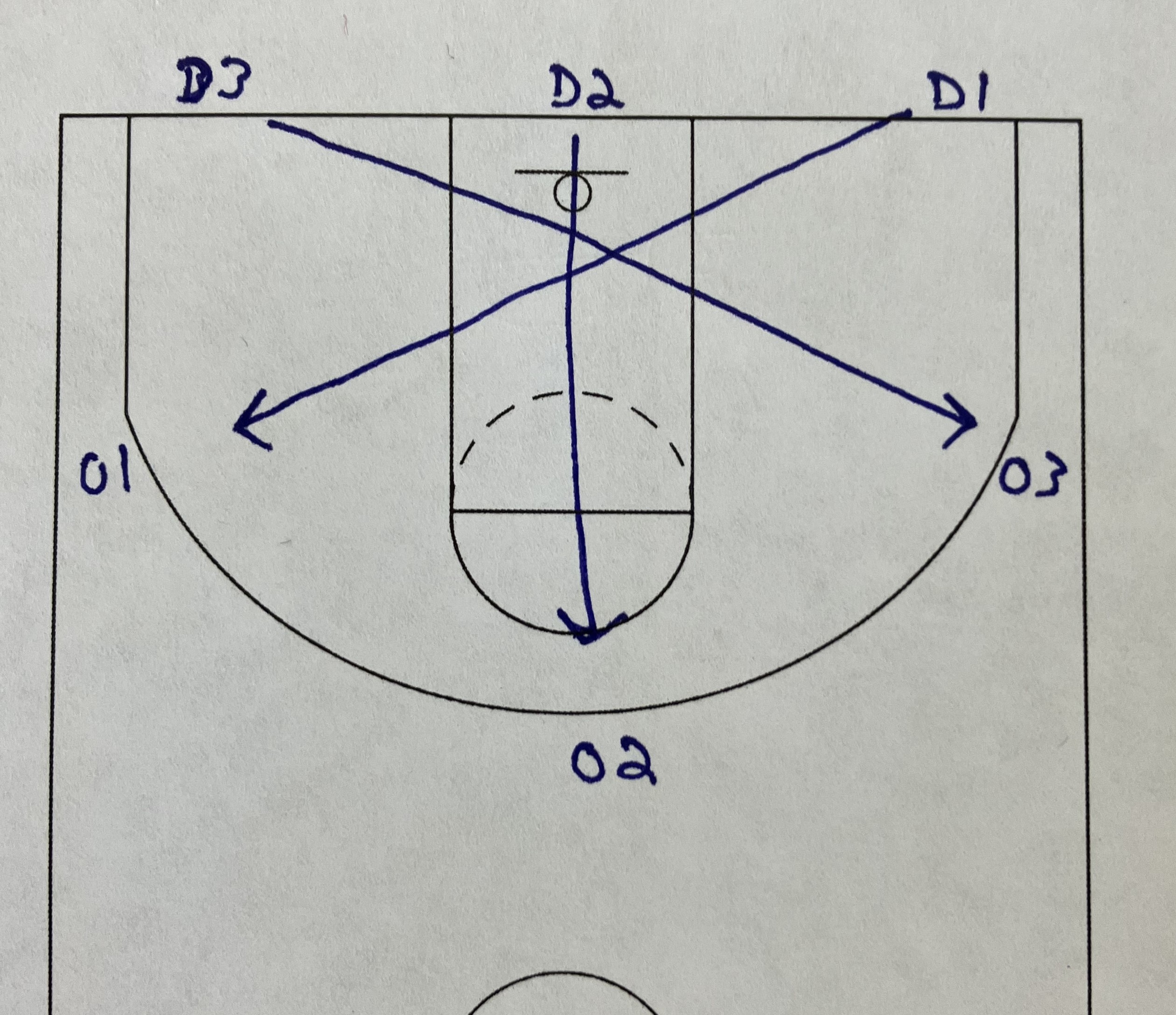
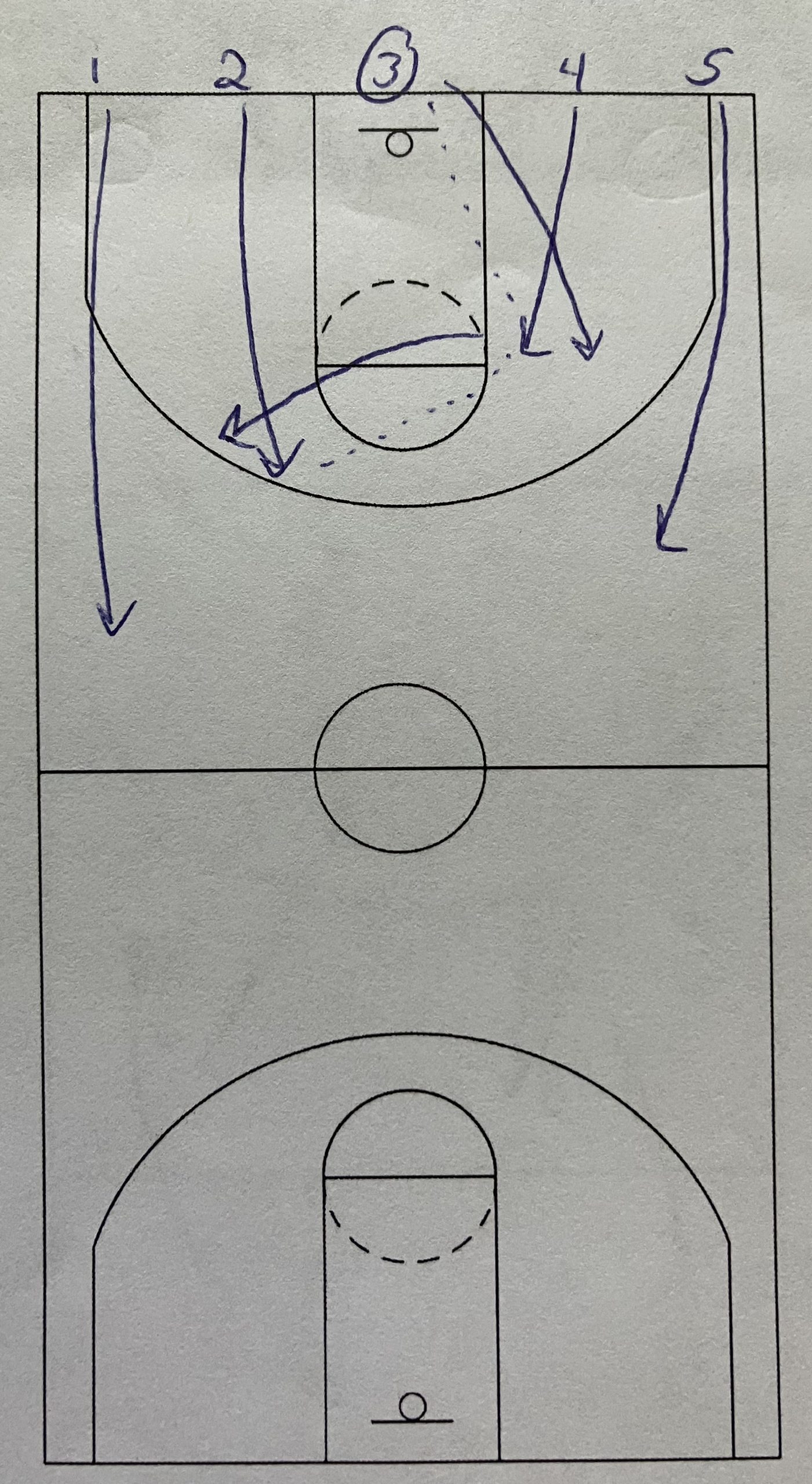
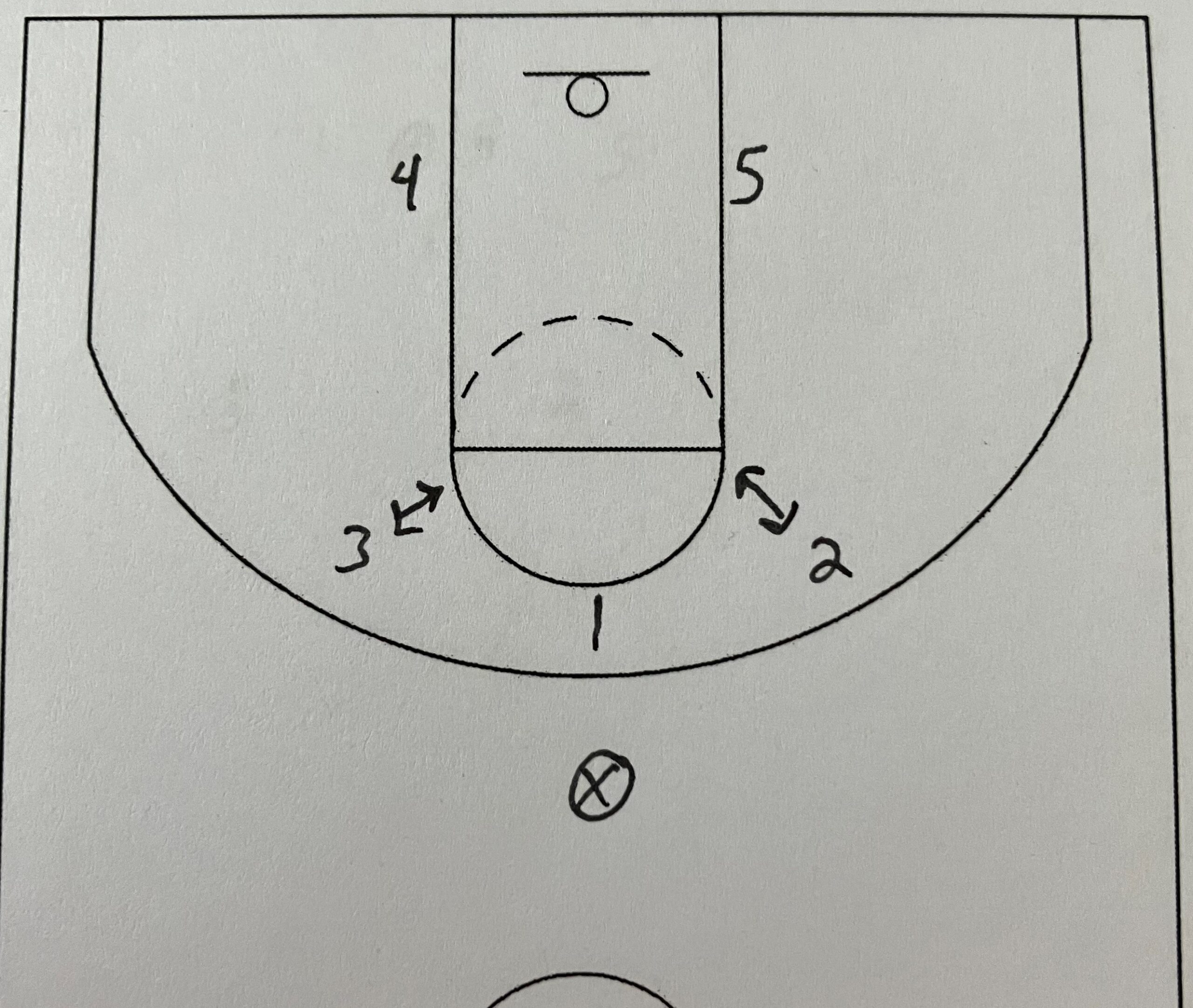
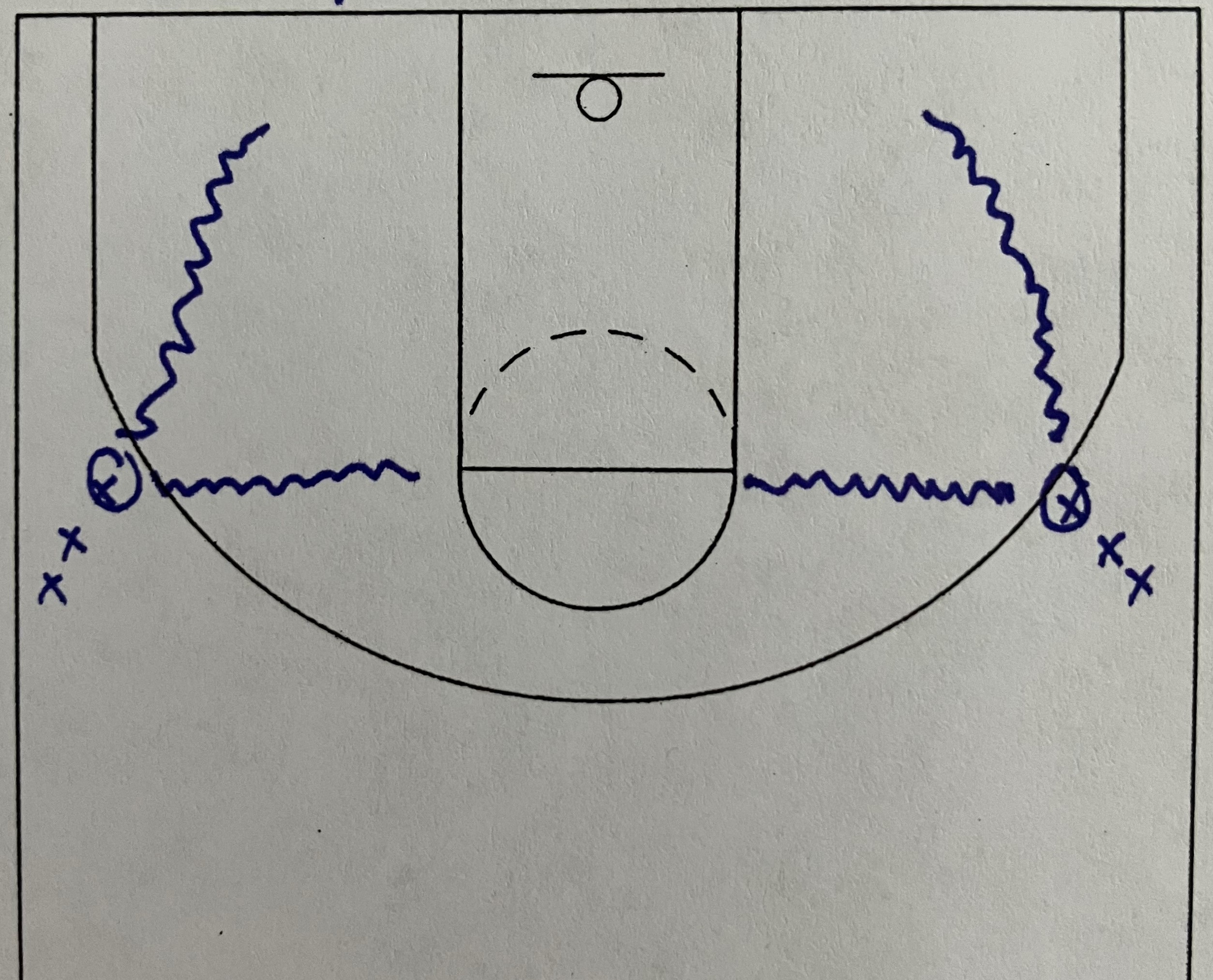
4 thoughts on “Closeouts using Baseline Pass to Start”